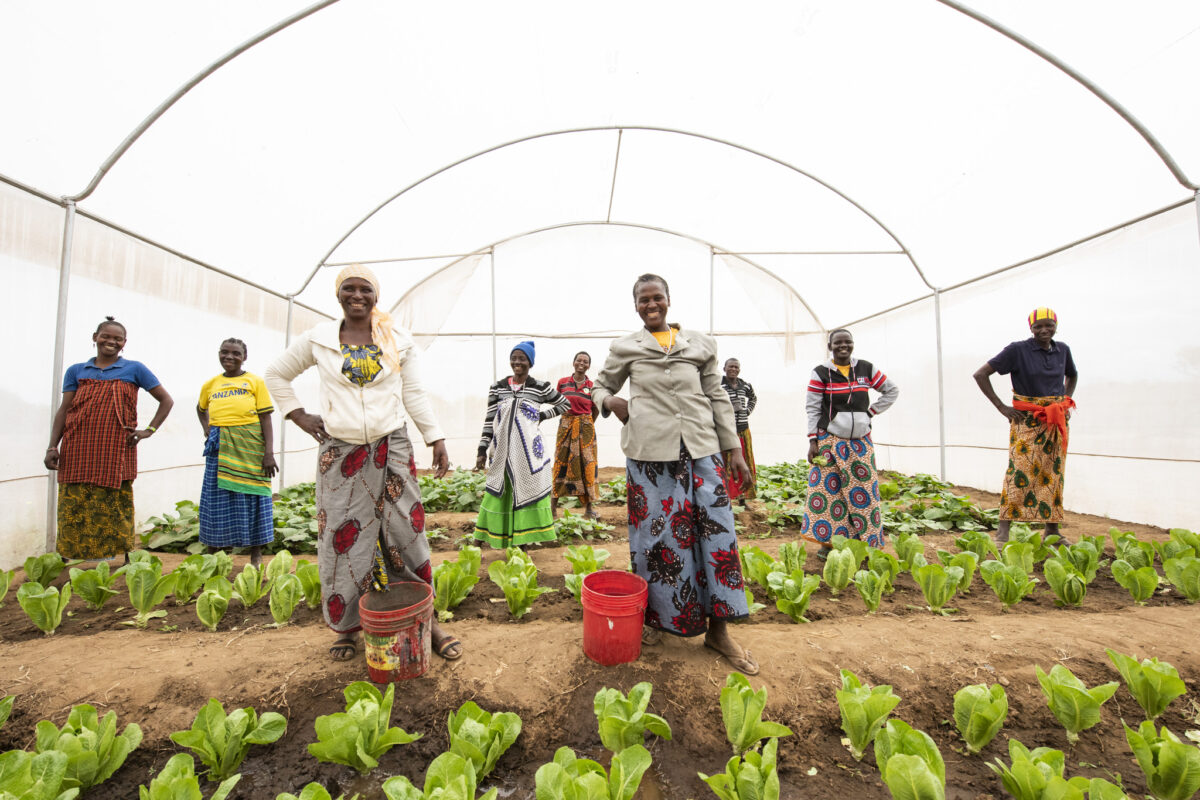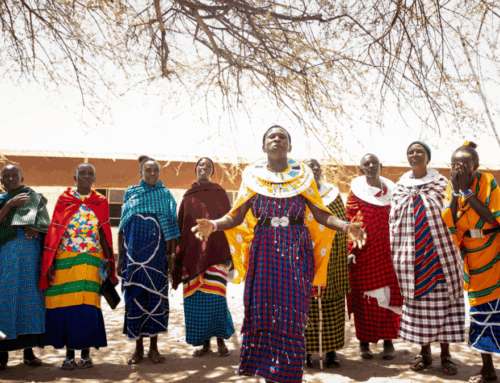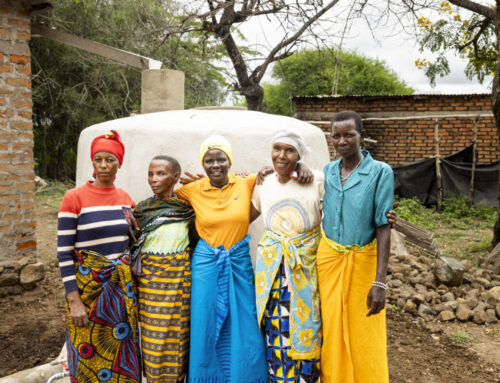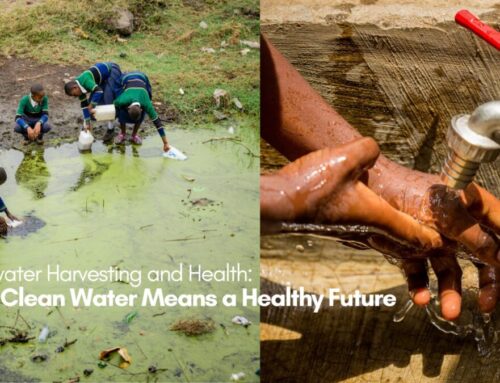We’ve built 269,500 liters worth of residential tanks and set up our third large greenhouse in 18 months. The new greenhouse is on the grounds of Kaloleni Primary School, where we constructed a 150,000-liter system. As in Lositeti, the greenhouse is run by a lending cooperative. This one is eight women strong, led by Susan. Like most of her colleagues, her children attend this school.
The classrooms are alive with high voices and energy.
Soon, it’s break time, and students pour out onto the bare earth that serves as a field. A spirited scuffle of soccer ensues, and the wind joins the game, whipping up clouds of dust from beneath their feet.
Goats drift by, nibbling at what little plant life they find. The sun’s filtered glare and the parched beige landscape make everything seem flat and monochromatic. Shiny metal pylon anchors stand out. The electricity is coming to Kaloleni. It seems incongruent among the huts and dust, but Tanzania’s second-biggest international airport is just a few miles away.
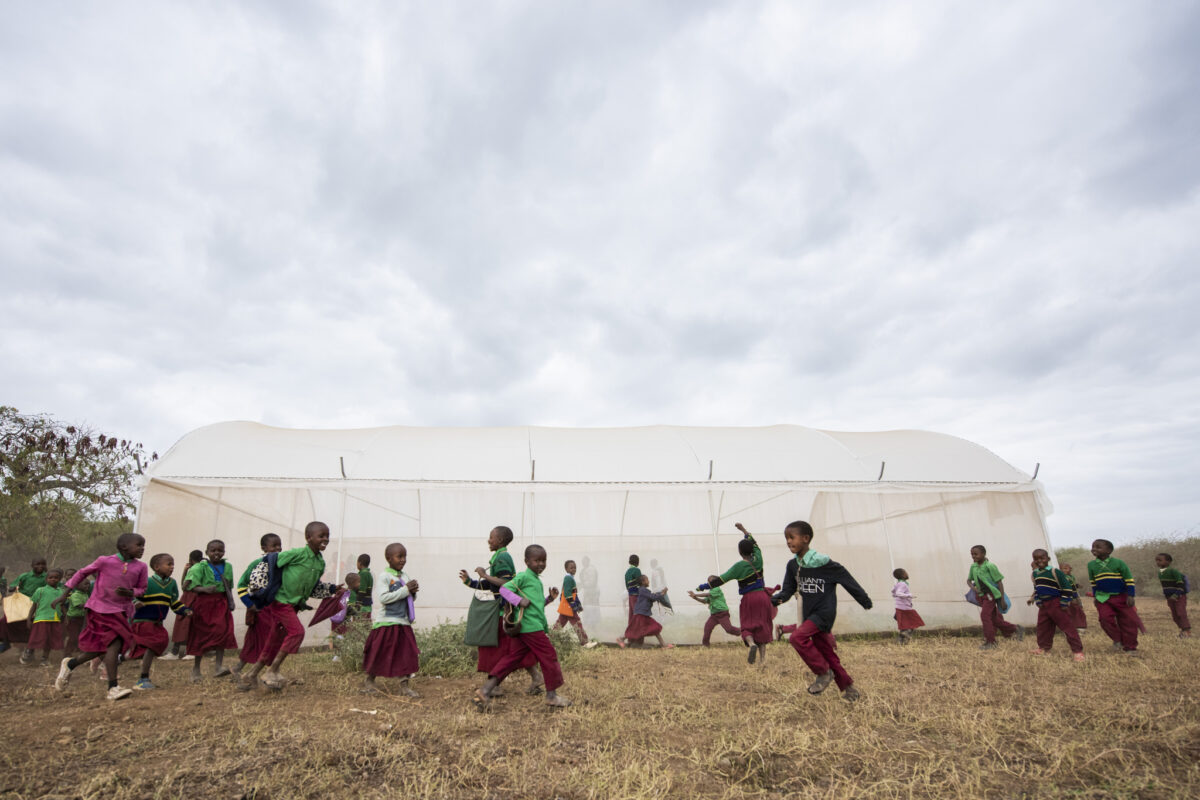
It’s a place of contrasts.
Much of Tanzania’s power is hydroelectric. The drought has caused blackouts and load shedding. It could seem futile to connect this place to a grid that hasn’t enough to go around already, but the optimism resonates.
It’s like a portal to a future of plenty.
The door to the greenhouse feels like just such a portal. Inside, sheltered from the wind and dust, the earth is dark with moisture, and the greens are as vivid as the women’s bright cloth wraps. Joseph shows them pictures of how the other greenhouses are set up. They recognize their Lositeti sisters – two parched places linked by water and women.
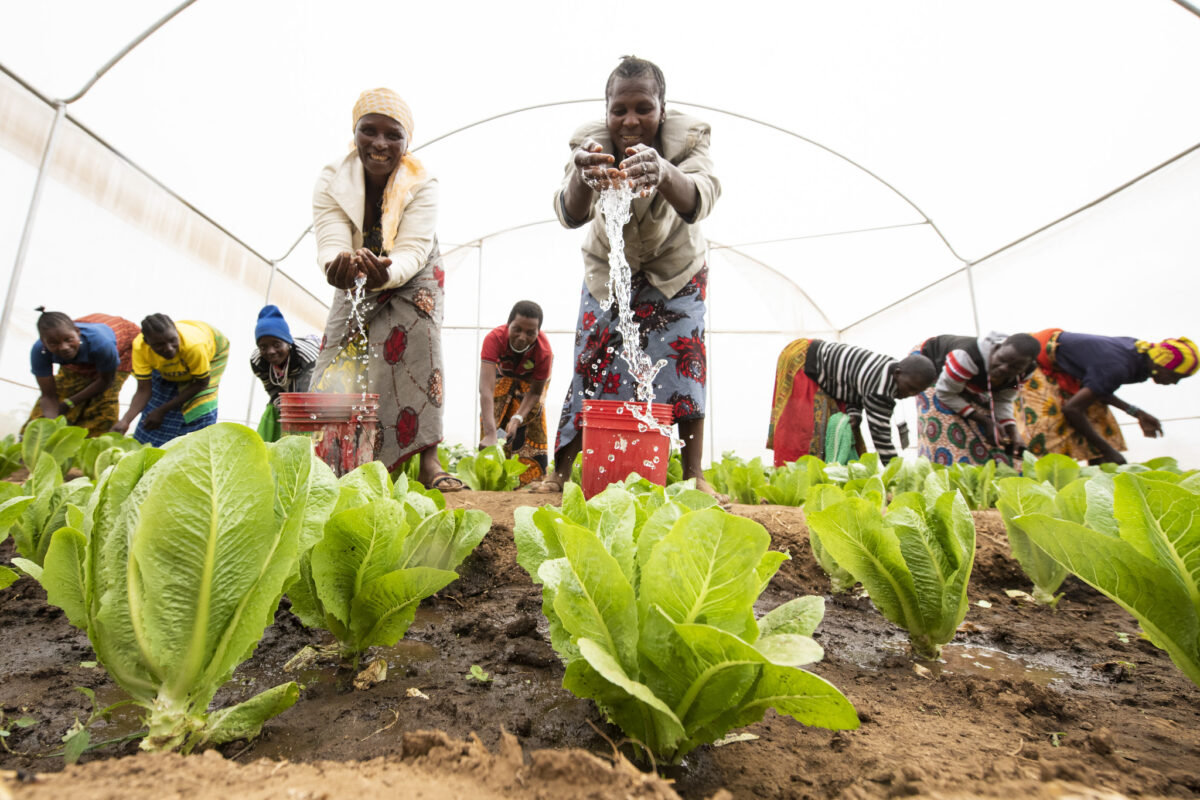
The Lositeti team created a ripple when they arrived, throwing sacks of cement with strength presumed to be men’s preserve. Then the Kaloleni ladies stepped up to their example. Susan was one of them. She has built seven tanks already. The men asked, “Are you sure you can do it?”
We showed them, she says.
They break for their midday meal – fresh greens with ugali, the Tanzanian version of grits. Susan brings plates heaped high for us, grinning with pride at the offering. The generosity is gorgeous.
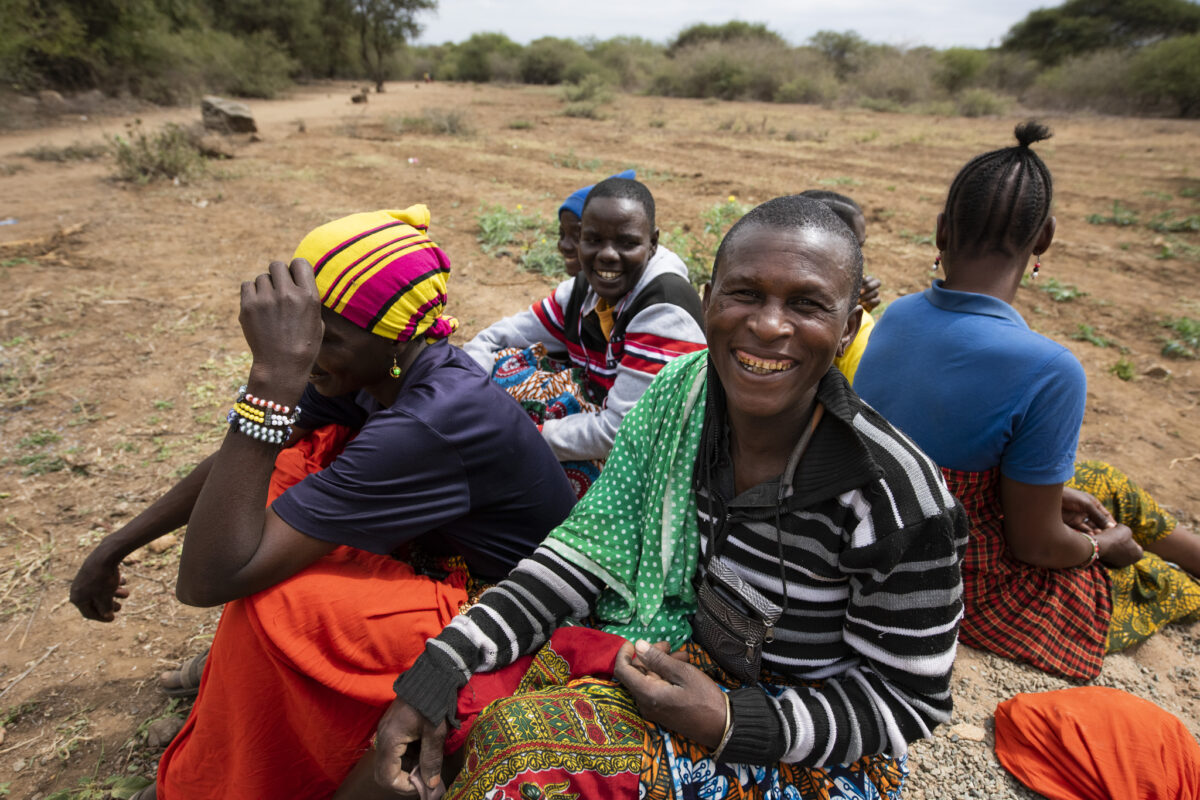
The energy of abundance lights up her smile.
As we eat, two Maasai women arrive to buy vegetables. In their culture, this food was considered for the needy – a last resort if you had nothing else. Not anymore, though. To witness them walk miles for these greens feels momentous.
Sales like this generate income that creates a buffer of resilience, even with rising prices. With the cooperative lending money, Susan bought livestock whose milk meets her household needs, with a surplus to sell. She also buys and resells second-hand clothing, each business bringing in additional means to manifest abundance.
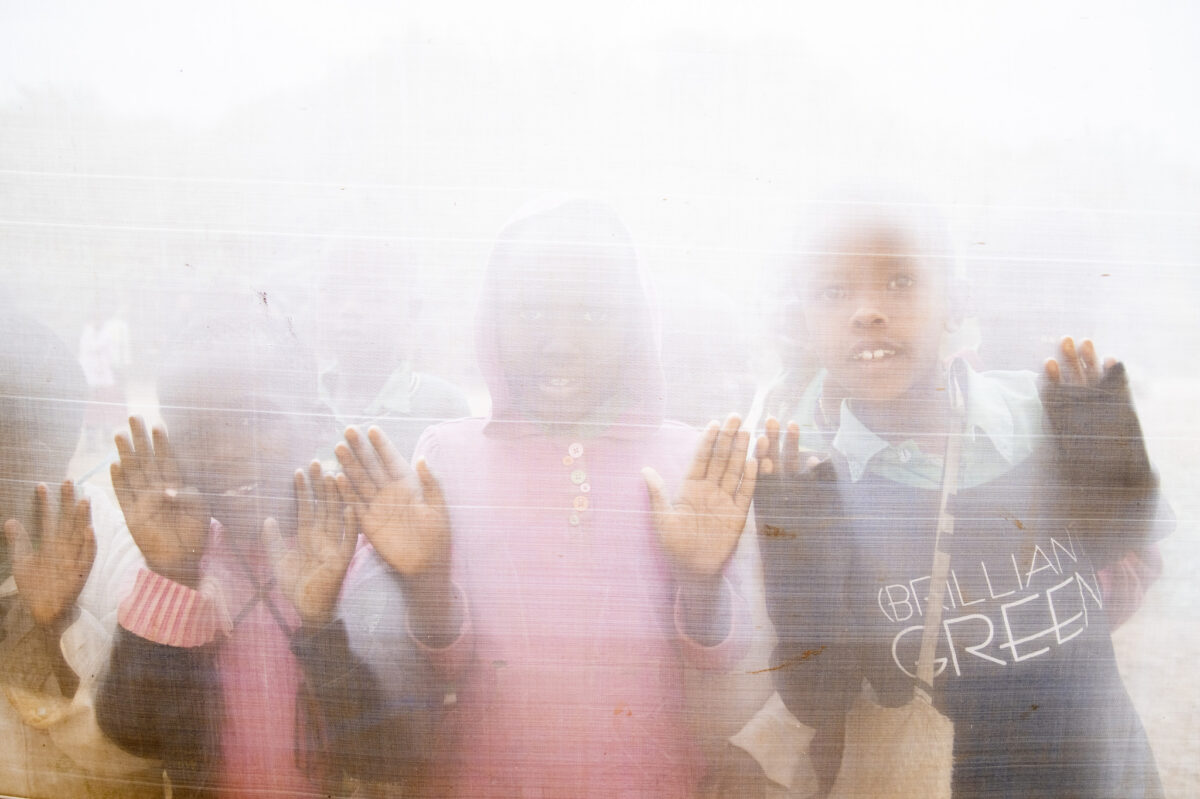
This space feels like an idyllic oasis.
They are insulated from the desert-like world outside. Its exquisite thriving exerts a magnetism that draws people in. The children watch strong women nourish communities as they provide for their families. They are seeding a new generation as they plant the food to sustain it.
The greenhouse seems like a fractal of a world that should be – and the way to get there, a readymade solution – if you just add water.
You can support this work and communities like Kaloleni.
Donate Today 100% of public donations directly fund our projects

